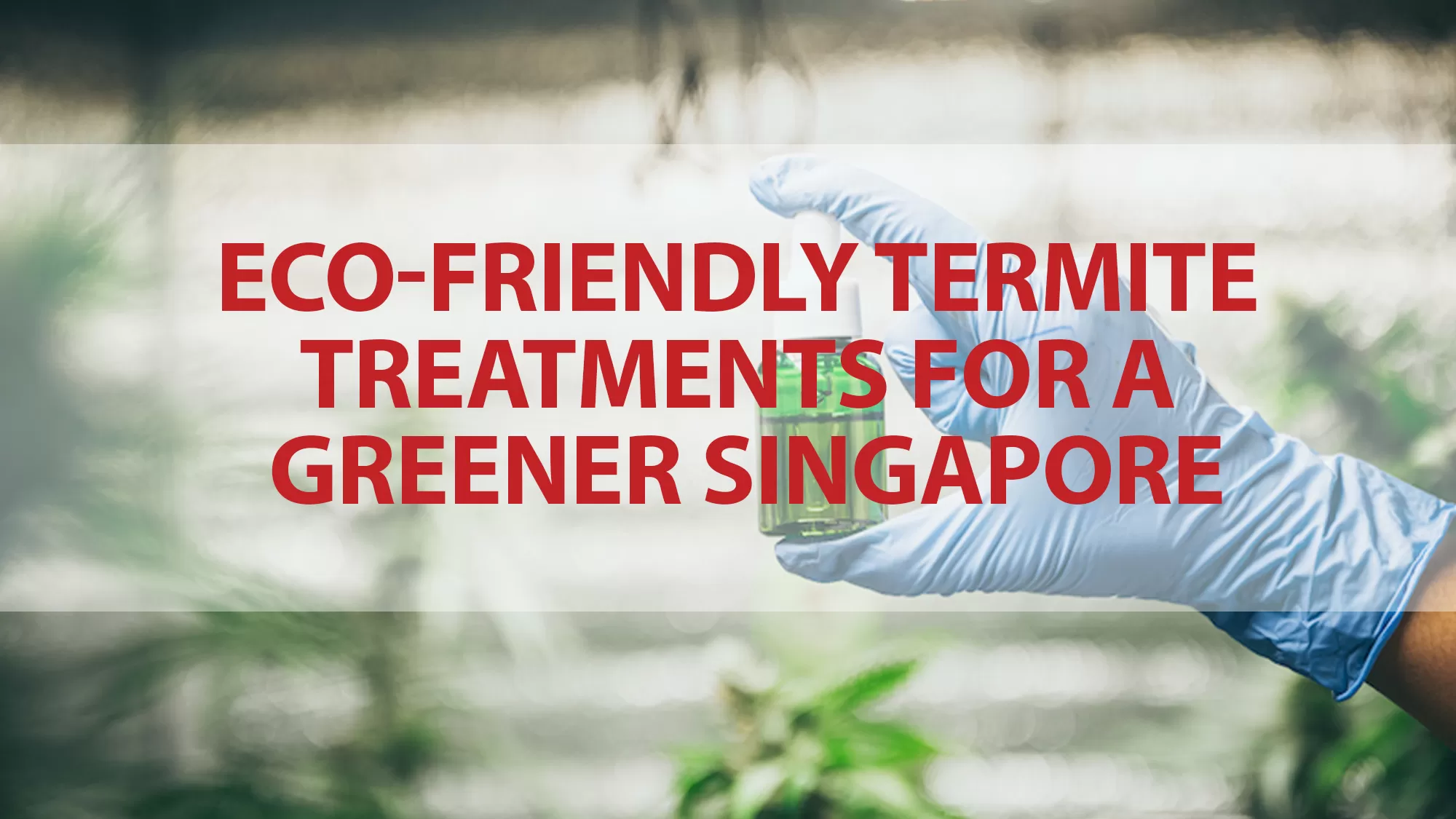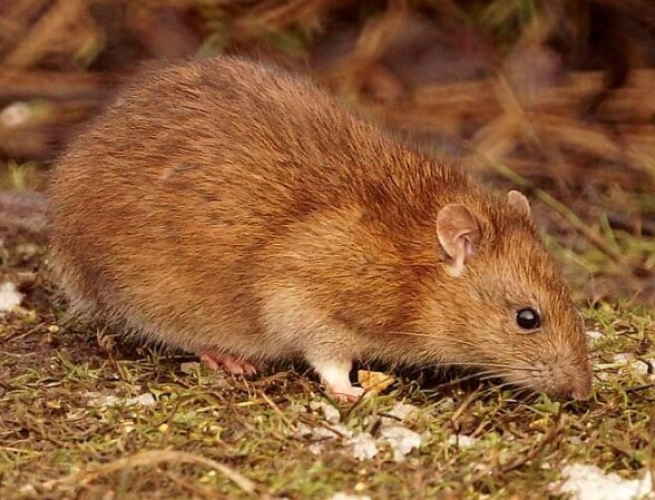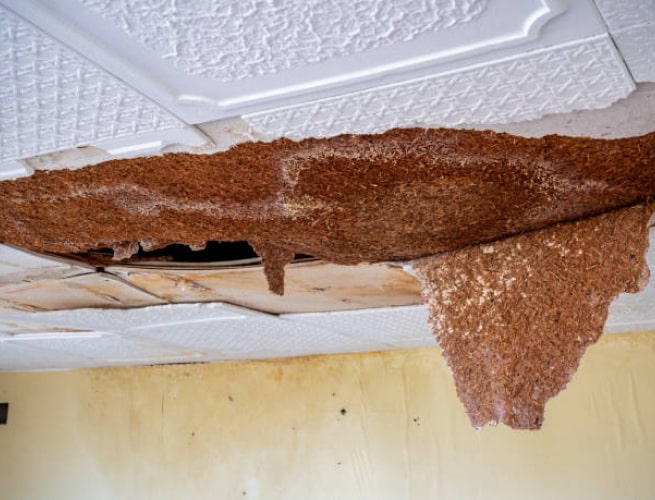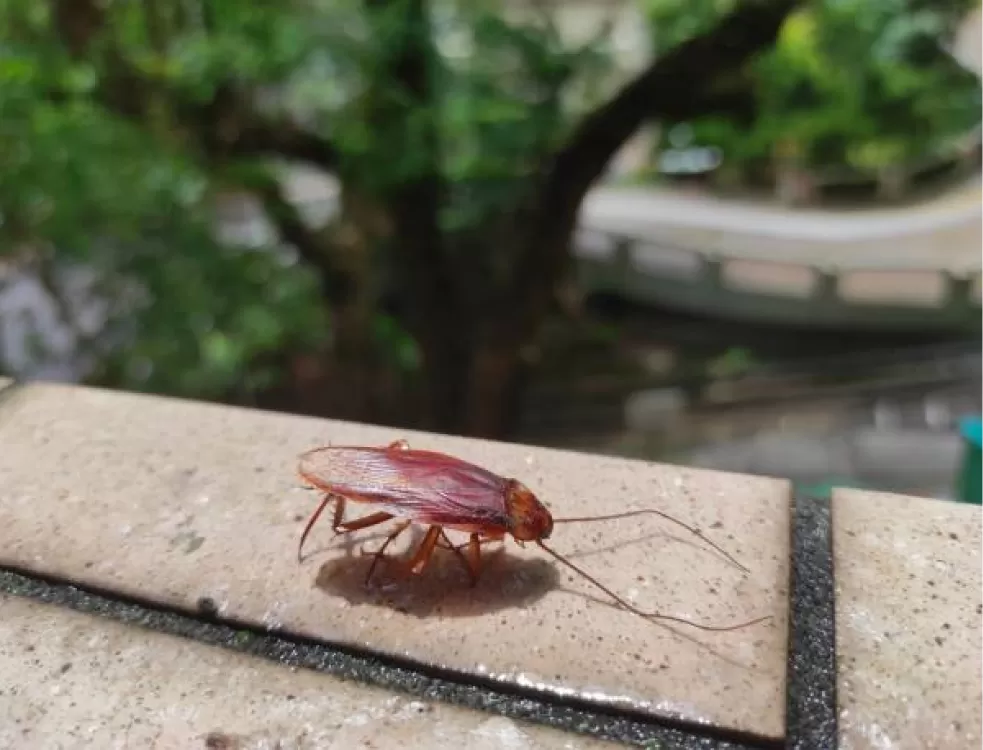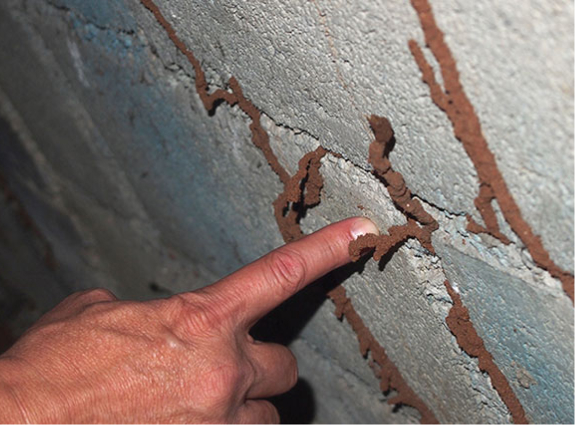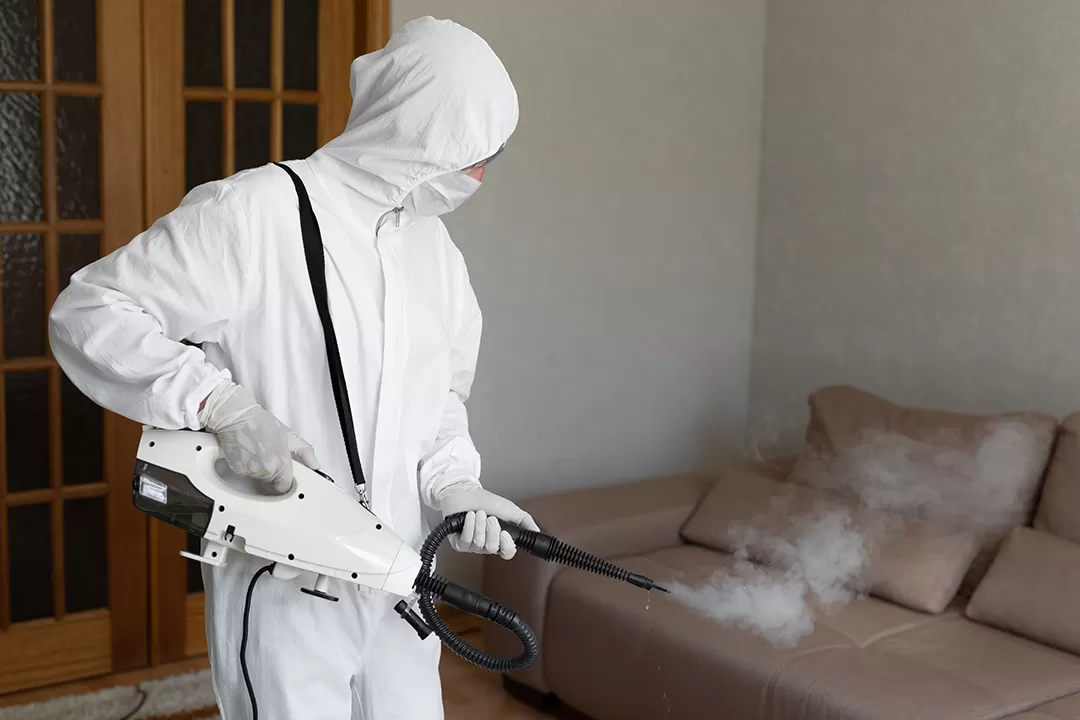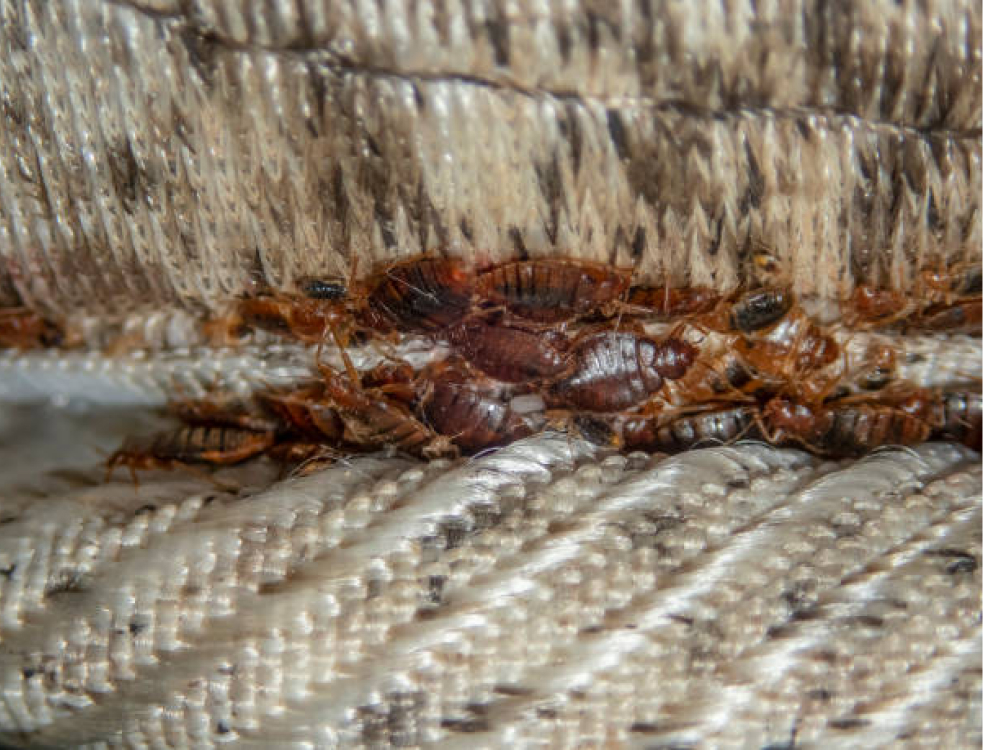Termites are a serious threat to the structural integrity of your home or business. They can cause extensive damage to wood, furniture, insulation, and other materials. Traditional termite treatments often involve harsh chemicals that can harm the environment, your health, and your pets. Eco-friendly termite treatments are a better alternative that uses natural or organic methods to eliminate termites without harming the planet or your family.
Eco-friendly Termite Treatments
Eco-friendly pest control is effective, safe, and affordable. They can also prevent future infestations by creating a barrier around your property. If you want to protect your home or business from termites and the environment from toxic chemicals, it’s best for you to choose eco-friendly termite treatments. Such treatments can include:
Preventive Measures
Prevention is still the best approach to prevent termite infestations from occurring in the first place and therefore avoid the need for any type of treatment.
As termites can enter through tiny openings, seal all cracks, crevices, and joints in your home to prevent their entry. Applying a fresh coat of paint can help seal small crevices in wood. Also, avoid storing any type of wood debris in or near your home.
Termites are drawn to moist environments, so ensure proper drainage around your home to prevent water accumulation. Fix any leaks promptly, including plumbing leaks or roof leaks. It will of course be useful to schedule regular termite inspections by professionals. Early detection can prevent extensive damage.
Professional Assistance
Hiring professionals for termite treatment is the best way to ensure that the problem is eliminated effectively and safely while keeping your family, pets and the environment safe. Professionals have the experience, knowledge, and equipment to identify the type and extent of the infestation, apply the appropriate treatment methods, and monitor the results.
They can help implement an Integrated pest management (IPM) approach. It involves regular monitoring and inspections to detect termite activity early. Early intervention can reduce the need for extensive treatments.
They can also provide you with preventive measures and tips to avoid future termite problems. By hiring professionals for termite treatment, you can save yourself time, money, and hassle, and protect your property from further damage.
Hot and Cold Treatments
Hot and cold termite treatments are methods of exterminating termites using extreme temperatures. Hot treatments involve heating the infested area to above 120°F for at least 35 minutes, while cold treatments use liquid nitrogen to freeze the termites to death. Both methods are effective, but they have some limitations and drawbacks.
Microwave Treatment
Microwave treatments for termites are a non-chemical method of pest control that uses electromagnetic waves to heat up and kill the insects. Microwave treatments can be applied to localized areas of infestation, such as wood beams, furniture, or wall cavities. Microwave treatments are fast, effective, and environmentally friendly, but they require specialized equipment and trained technicians. Microwave treatments may also damage electrical wiring, metal objects, or moisture-sensitive materials in the treated area.
Botanical Pesticides
- Neem Oil: Neem oil is derived from the neem tree and has insecticidal properties. It disrupts the feeding and reproductive cycles of termites without harming humans, pets, or beneficial insects.
- Orange Oil: D-limonene, extracted from orange peels, is an effective termite deterrent. It can be used as a localized treatment for drywood termites.
- Clove Oil: Clove oil contains eugenol, a compound known for its insecticidal properties. It can be applied as a natural termite repellent, and it disrupts their nervous system.
- Thyme Oil: Thyme oil, specifically derived from Thyme essential oil, contains thymol, which can be used as a contact pesticide against termites. It is eco-friendly and has low toxicity to humans.
- Margosa (Neem) Cake: Apart from neem oil, the residual cake obtained from neem seeds can be applied to the soil as a natural pesticide. It releases compounds over time that repel and disrupt termite activity.
Baits and Traps
Baits and traps for termites are effective methods to control and eliminate termite infestations. Baits are usually made of wood, cardboard, or paper that are treated with a slow-acting insecticide. Traps are devices that capture termites and prevent them from escaping. Both baits and traps should be placed in areas where termites are active, such as near mud tubes, cracks, or wood damage. Baits and traps should be monitored regularly and replaced as needed.
Natural Predators
Natural predators for termites are diverse and include various animals, insects, and arachnids. Some of the most common predators are ants, spiders, assassin bugs, beetles, birds, and lizards. These predators can feed on termites in different ways, such as catching them in webs, injecting them with toxins, or eating them during swarms. So sometimes, you can just let them help do the job for you.
Borax
Borax is a natural mineral that can be used to kill termites. Borax works by interfering with the termite’s digestive system and dehydrating them. To use borax for termites, you need to mix it with water and sugar to make bait. Then, you need to place the bait near the termite-infested areas or inject it into their tunnels. The termites will eat the bait and die. Borax is a low-toxicity substance, but you should still wear gloves and a mask when handling it and keep it away from children and pets.
Liquid Termiticide Treatment
Liquid termiticide treatment is a method of controlling termites by injecting an eco-friendly liquid pesticide into the soil around and under a structure. This creates a barrier that kills termites upon contact. Liquid termiticide treatment is effective against subterranean termites, which are the most common and destructive type of termites. They can protect a structure from termite damage for several years, depending on the type and concentration of the termiticide used, the soil conditions, and the termite activity level.
Conclusion
Remember, prevention is always key. Regular inspections and early detection can save you from extensive damage caused by termites. From prevention to treatment, the services of a professional pest control provider are usually your best choice to get the best results. By working with them and at the same time also choosing eco-friendly methods, you can protect your home while doing some good for this planet we all live on.

